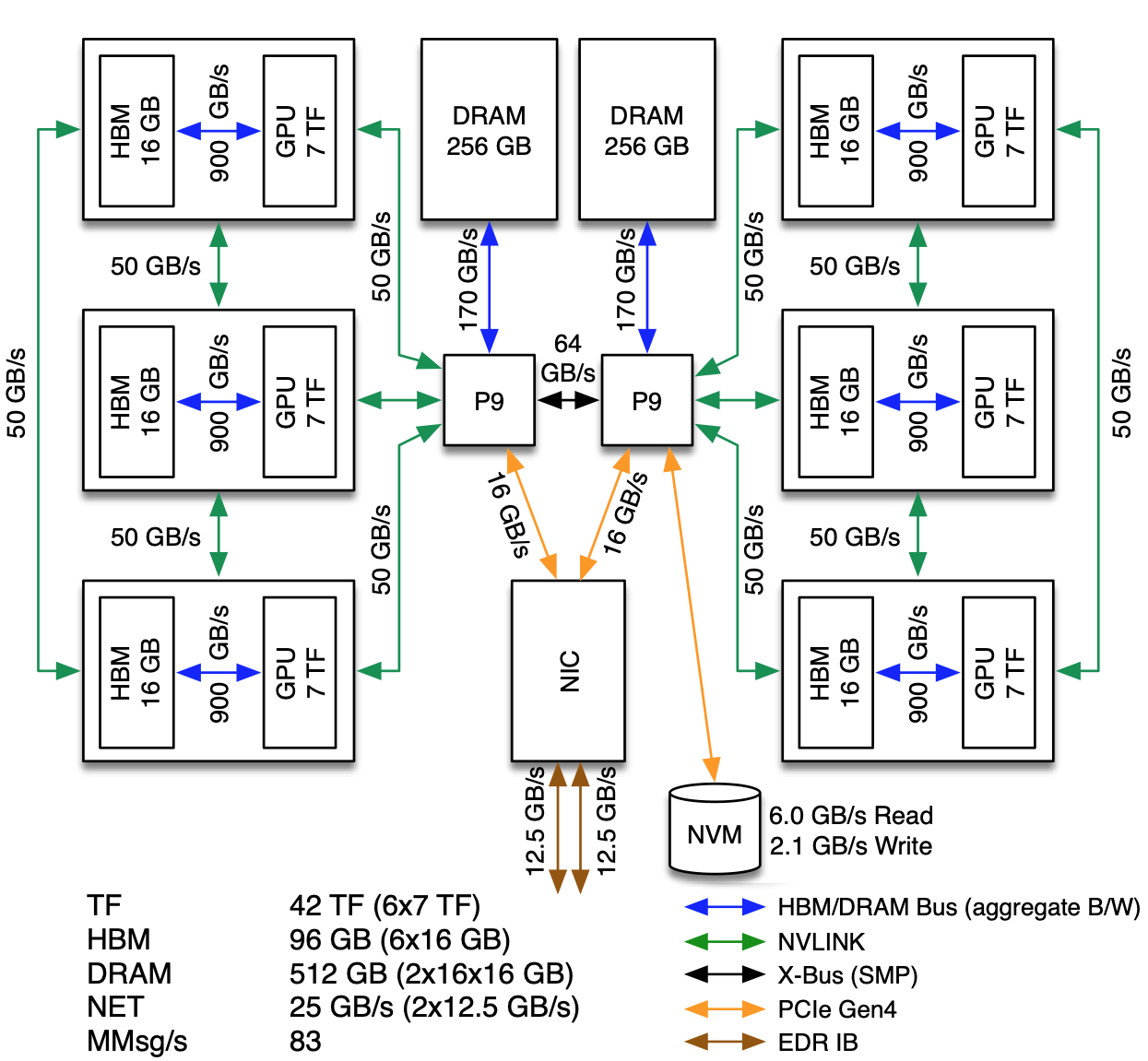

Target Descriptions: How targets can describe themselves to.Agent Expressions: The GDB Agent Expression Mechanism.Remote Protocol: GDB Remote Serial Protocol.Maintenance Commands: Maintenance Commands.Formatting Documentation: How to format and print gdb documentation.Using History Interactively: Using History Interactively.Command Line Editing: Command Line Editing.JIT Interface: Using the JIT debugging interface.Annotations: gdb's annotation interface.Configurations: Configuration-specific information.Remote Debugging: Debugging remote programs.Languages: Using gdb with different languages.
Overlays: Debugging programs that use overlays.Tracepoints: Debugging remote targets non-intrusively.Optimized Code: Debugging optimized code.Process Record and Replay: Recording inferior's execution and replaying it.Reverse Execution: Running programs backward.Fred was a long-standing contributor to GDB and to Free This edition of the GDB manual is dedicated to the memory of Fredįish. Ĭopyright (C) 1988-2021 Free Software Foundation, Inc. Getting the date and time the computer was booted: # Boot Timeīt = datetime.This file describes gdb, the gnu symbolic debugger. We gonna need the platform module here: print("="*40, "System Information", "="*40) Let's make a function that converts a large number of bytes into a scaled format (e.g in kilo, mega, Giga, etc.): def get_size(bytes, suffix="B"):įor unit in : Open up a new python file and let's get started, importing necessary modules: import psutil Related: How to Manipulate IP Addresses in Python using ipaddress Module.īefore we dive in, you need to install psutil: pip3 install psutil Here is the table of content of this tutorial: However, we'll be using the psutil library in Python so it can run on all operating systems and get almost identical results. There are quite popular tools to extract system and hardware information in Linux, such as lshw, uname and hostnamectl. In the end, I'll show you how you can print GPU information (if you have one, of course) as well. In this tutorial, you will be familiar with psutil which is a c ross-platform library for process and system monitoring in Python, as well as the built-in platform module to extract your system and hardware information in Python. Disclosure: This post may contain affiliate links, meaning when you click the links and make a purchase, we receive a commission.Īs a Python developer, it is handy to use third-party libraries that do the job you actually want, instead of reinventing the wheel each time.


 0 kommentar(er)
0 kommentar(er)
